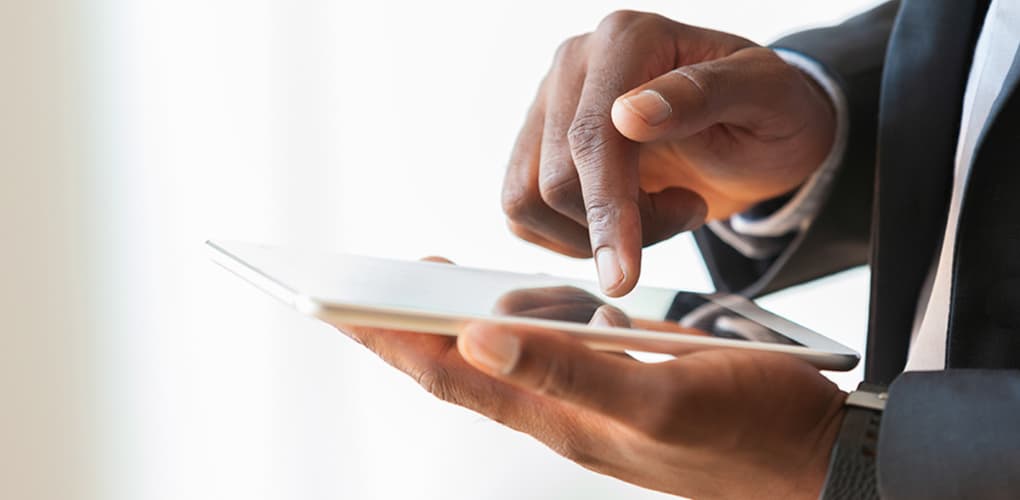< Back to Publications & Resources
ADA Teledentistry Policy Update Calls for Consistent Quality of Care

A recent American Dental Association (ADA) teledentistry policy update addresses the virtual service at a crucial moment. During the COVID-19 pandemic, telehealth use has greatly increased for many medical, behavioral and dental services. The ADA first adopted a policy on teledentistry in 2015 and updated the policy during the 2020 meeting of the House of Delegates.
The update calls for teledentistry services to be “consistent with how they would be delivered in-person.” Virtual examinations and interventions must “be based on the same level of information that would be available in an in-person environment.”
The ADA notes that the level of information is not just important for a high quality of care for the patient, but also to protect the dentist legally. After teledentistry appointments, just as after in-person appointments, dentists should be able to back up their diagnoses and treatment plans with evidence and documentation.
Because the level of care provided via teledentistry is equivalent to the level of in-person care, the ADA calls for insurer reimbursement of services to be made at the same rate that it would be for in-person services, whether the dental insurer is private or public.
The ADA believes that teledentistry can be an effective way to “expand the reach of a dental home” and provide care to people who are unable to come to the physical practice.
According to the resolution, the four forms of teledentistry are:
- Synchronous live video, in which the dentist and the patient are interacting over video at the same time
- Asynchronous care, in which recorded information, like videos or photos, are securely sent to a dentist who then evaluates the condition outside of a live interaction
- Remote patient monitoring, in which personal health information is collected from an individual and transmitted to a dentist in another location
- Mobile health, in which healthcare education is transmitted by mobile devices, like cellphones or tablets, including apps that monitor at-home care
During the pandemic, “stay-at-home” and “safer-at-home” orders kept non-emergent patients from dental practices for several months, leading to greater adoption of telehealth. Studies show that even when dental practices reopened, stringent health precautions have kept COVID-19 infection low among dentists— less than 1%.
Dentists are reminded to visit the New York State Dental Association website for up-to-date information on NYS Health Law alerts and more. MLMIC also encourages dental providers to monitor all COVID-19-related updates on our resources page and continue to consult our detailed blog post on safely managing practices during the pandemic.



